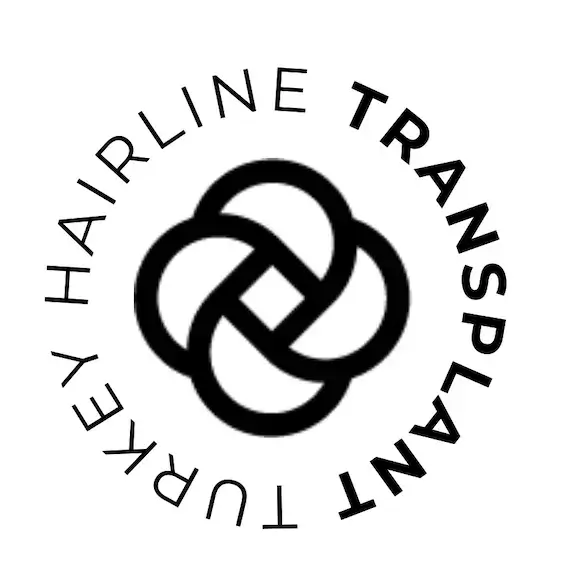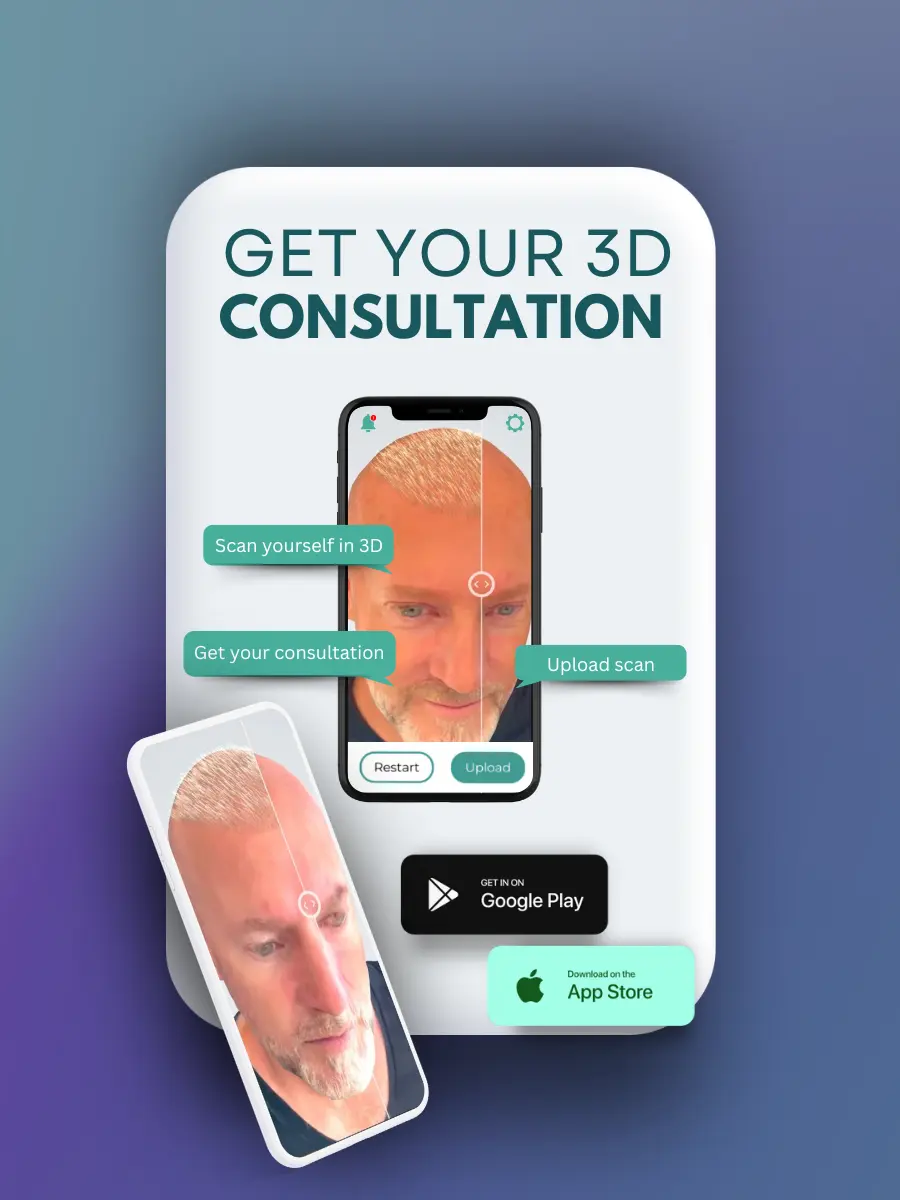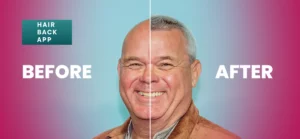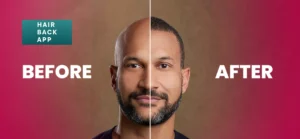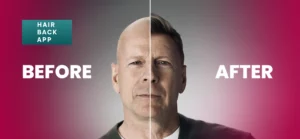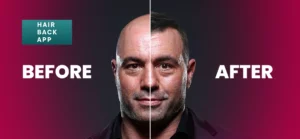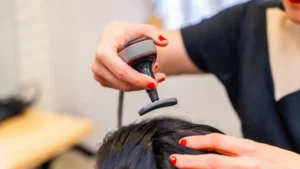Embarking on a hair transplant journey can be a life-changing decision for those experiencing hair loss or thinning hair.
As a popular solution for restoring a natural-looking head of hair, a hair transplant can significantly boost your confidence and self-esteem. While the idea of surgery might seem daunting, understanding the process can ease concerns and help you make informed decisions.
My name is Emma Wright, your resident hair restoration specialist. Today we’ll be discussing about hair transplant journey. This guide will take you through every stage of the hair transplant journey, from pre-surgery consultations to long-term results, ensuring you know what to expect and how to prepare.
Introduction
The hair transplant journey begins with acknowledging the impact hair loss has on one’s personal and professional life. Whether caused by genetics, age, or other factors, hair loss can affect your self-esteem and confidence.
A hair transplant offers a permanent solution by moving hair follicles from a donor site, typically the back or sides of the scalp, to the thinning or balding areas. With advances in technology and techniques, hair transplants have become more effective and minimally invasive.
This guide covers everything you need to know about the hair transplant journey, helping you understand each phase and set realistic expectations for your journey.
Pre-Transplant Consultation
Initial Consultation
The hair transplant journey starts with a consultation with a qualified hair transplant surgeon. During this initial meeting, the surgeon will assess your hair loss, evaluate your suitability for the procedure, and discuss your expectations. They will examine your scalp, consider factors like your age, hair type, and the extent of hair loss, and determine the best approach for your transplant.
Setting Expectations
One of the crucial aspects of the consultation is setting realistic expectations for your hair transplant journey. The surgeon will explain what the procedure can achieve and discuss potential limitations. They will also discuss the type of transplant that suits your needs, whether it’s Follicular Unit Extraction (FUE) or Follicular Unit Transplantation (FUT).
Medical History and Tests
The surgeon will review your medical history, including any medications or medical conditions that might affect the procedure. Blood tests and other evaluations may be required to ensure you are a suitable candidate. This is also a good time to ask any questions you have and address any concerns about the procedure as you prepare for your hair transplant journey.

The Day of the Surgery
Preparing for Surgery
On the day of your surgery, you will be advised to avoid caffeine, alcohol, and certain medications that might increase bleeding. You’ll also be asked to wear comfortable clothing, as you’ll be lying down for several hours during the procedure. These steps are essential to ensure a smooth hair transplant journey.
Step-by-Step Guide
- Arrival and Preparation: Upon arrival at the clinic, you’ll be greeted by the surgical team and taken to the procedure room. The surgeon will mark the areas where hair will be transplanted and discuss the plan once more as you embark on your hair transplant journey.
- Anesthesia: Local anesthesia will be administered to numb the donor and recipient areas, ensuring you remain comfortable throughout the surgery.
- Harvesting Hair Follicles:
- FUE: The surgeon will extract individual hair follicles from the donor area using a small punch tool.
- FUT: A strip of scalp is removed from the donor area, and hair follicles are then separated from this strip.
- Creating Recipient Sites: Tiny incisions are made in the recipient area where the hair follicles will be implanted. The surgeon’s skill in placing these incisions ensures a natural growth pattern during your hair transplant journey.
- Implanting Hair Follicles: The extracted hair follicles are carefully implanted into the recipient sites, a meticulous process that requires precision and attention to detail.
- Post-Procedure Care: After the procedure, your scalp will be bandaged, and you’ll receive instructions for post-operative care. Most patients can return home the same day, ready to continue their hair transplant journey.
Post-Surgery Care
Immediate Aftercare
- Rest: After the surgery, rest is crucial. Avoid strenuous activities and take any prescribed medications to manage discomfort or swelling. This is an important part of the hair transplant journey.
- Bandages and Care: Follow the surgeon’s instructions on how to care for the bandaged areas. You’ll likely be advised not to touch or scratch the transplanted area to ensure a successful hair transplant journey.
- Sleeping Position: Sleep with your head elevated to reduce swelling. Avoid sleeping on your stomach or side to protect the grafts.
Essential Aftercare Tips
- Washing Your Hair: Your surgeon will guide when and how to wash your hair post-surgery. It’s important to be gentle to avoid dislodging the grafts during your hair transplant journey.
- Avoiding Sun Exposure: Protect your scalp from direct sunlight for several weeks after the procedure to prevent damage.
- Diet and Hydration: Maintain a healthy diet and stay hydrated to promote healing and support hair growth.
- Avoiding Harmful Habits: Refrain from smoking and excessive alcohol consumption, as they can impede healing during your hair transplant journey.
Managing Side Effects
It’s normal to experience some swelling, redness, and minor discomfort in the days following the surgery. These side effects should subside within a week. In some cases, shock loss may occur, where transplanted hair temporarily falls out before new growth begins. This is a natural part of the hair transplant journey and healing process.
Long-Term Results
Timeline of Hair Growth
- 1-3 Months Post-Transplant: During this period, the transplanted hair may shed, making way for new growth. This shedding is normal and a sign that the follicles are entering a new growth cycle in your hair transplant journey.
- 4-6 Months Post-Transplant: You’ll begin to see new hair growth, although it may be fine and less dense than expected initially. Understanding the difference between normal shedding vs. hair loss and learning how to navigate the ugly duckling phase can help manage expectations.
- 9-12 Months Post-Transplant: The transplanted hair will have thickened, and you’ll see noticeable improvements in density and appearance as part of your hair transplant journey.
- 1 Year and Beyond: By the one-year mark, the full results of the transplant should be visible. The transplanted hair will continue to grow naturally like the rest of your hair. Tracking your progress using the Ludwig scale can provide a clearer picture of hair density over time.
Maintaining Results
To maintain the health and appearance of your transplanted hair, continue following a healthy lifestyle and hair care routine. Some patients may benefit from medications like finasteride after hair transplant to support hair growth and prevent further loss, ensuring a successful hair transplant journey.
Conclusion
Embarking on a hair transplant journey is a significant decision that can positively impact your confidence and appearance. By understanding the process and preparing for each stage, you can make informed choices and achieve the best possible results.
From the initial consultation to long-term maintenance, being well-informed will help you navigate your hair transplant journey with confidence and set realistic expectations for your new hair. Remember, the key to a successful hair transplant journey lies in choosing a skilled surgeon, adhering to aftercare instructions, and having patience as you await the transformative results.
Additionally, understanding how to stop hormonal hair loss can further support the overall success of your journey. Be aware of potential issues like folliculitis after hair transplant and how to address them to ensure the health of your scalp and newly transplanted hair.
